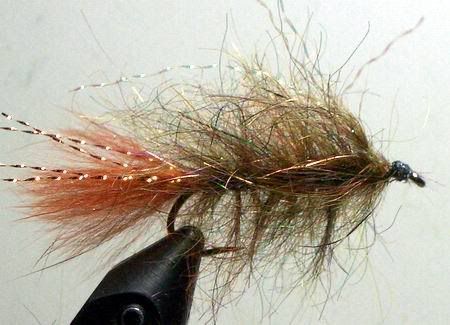Mcfly,
Materials vary greatly, whether it's natural/synthetic, thicker/thinner fiber, finer/heavier hair?
That's only part of it, wait till you start mixing synthetic/natural materials together. your gonna come with all kinds of wild stuff.
My advice is to start out with either type material, try spinning at first with smaller amounts, spin until material flairs, if it looks light, unspin and add a little more.
Try to get most of the fiber/hair going in the same direction, across the thread at a 90 degree angle.
A common mistake is to spin the loop too much and break the thread, so keep an eye on your thread at the hook base.... if it starts to back wrap onto itself you need to untwist a bit.
Don't forget to close your loop at the hook when you have it filled with enough material: this is done by making a 1-2 wraps with the bobbin around the thread at top of the loop.
When wrapping the loop onto the hook shank, stroke the fibers backward after each wrap for a fuzzier appearance.
You can even trim the material on a taper before spinning for a tapered body.
Before long your gonna get the hang of it and go crazy, have fun!!:tongue:









